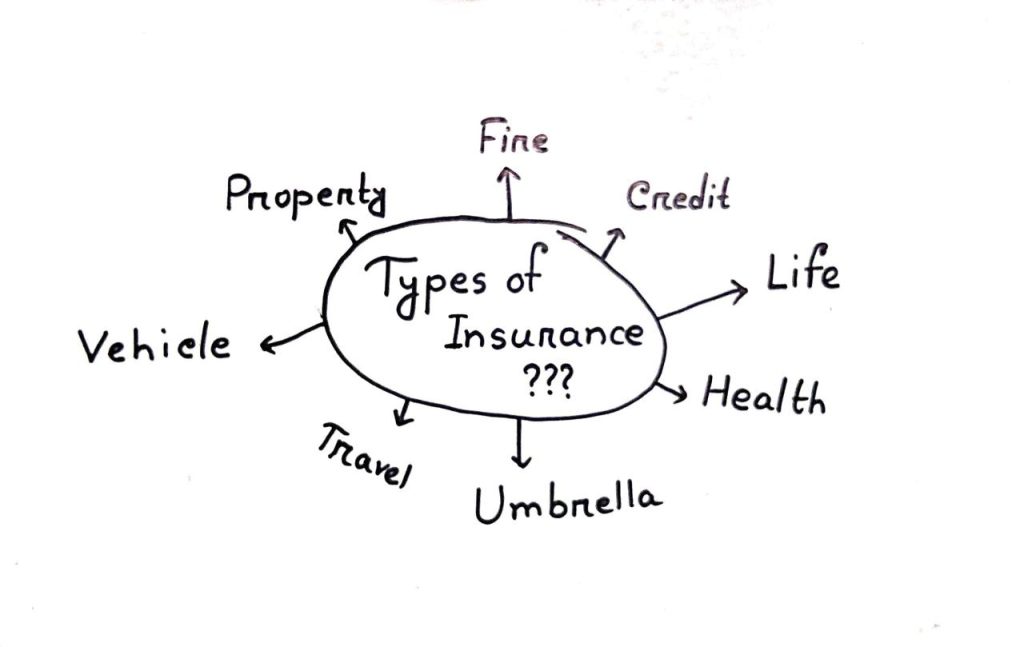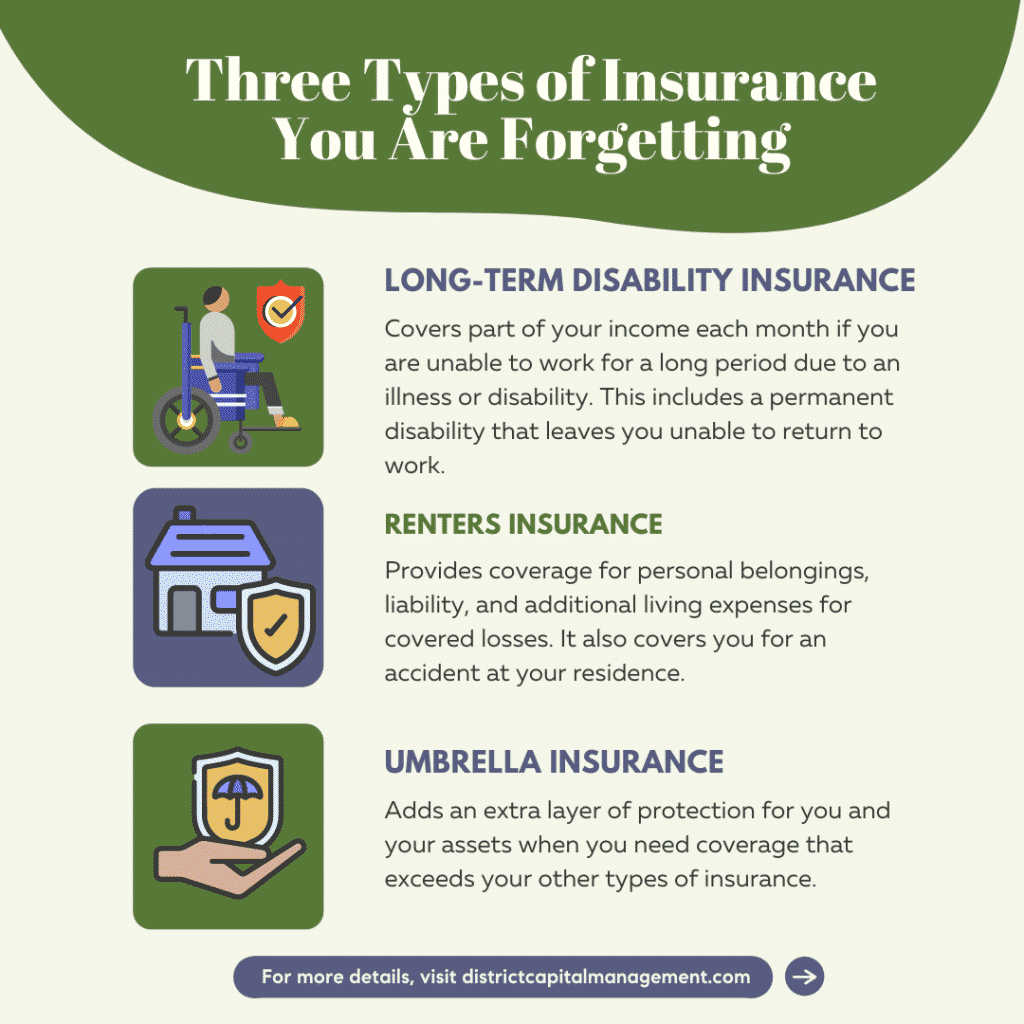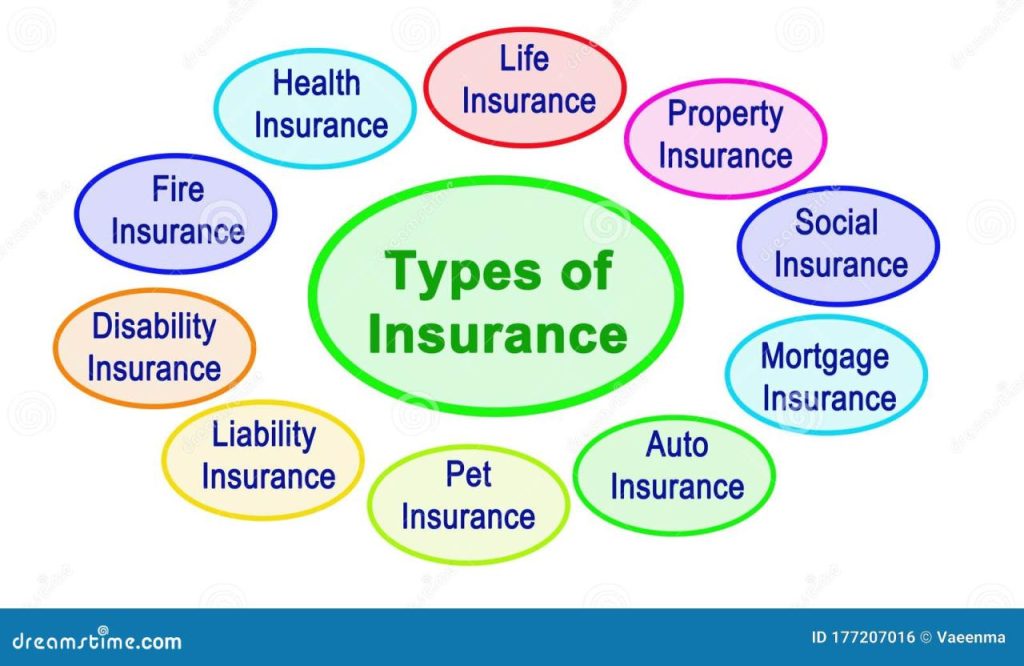The top 3 types of insurance—health, auto, and homeowners—represent fundamental protections for individuals and families. This presentation provides a comparative analysis of these crucial policies, examining their key features, benefits, and limitations. Understanding these differences is essential for informed decision-making regarding personal financial security.
This comparative overview will delve into the nuances of each policy type, including coverage options, cost-sharing structures, and factors influencing premium costs. By dissecting the characteristics of HMOs, PPOs, and POS plans within health insurance, alongside liability, collision, and comprehensive coverage in auto insurance, and HO-3, HO-5, and HO-8 policies in homeowners insurance, a clearer picture of the strengths and weaknesses of each will emerge.
Types of Health Insurance

Sickies are a pain, right? Luckily, health insurance can sort you out. Different plans have different rules, so it’s crucial to understand the options. This breakdown will help you navigate the maze of HMOs, PPOs, and POS plans.
Health Insurance Plan Types: A Comparative Analysis
These three are the most common types of health insurance plans. Each has its own set of pros and cons, and the best one for you depends on your needs and lifestyle.
HMO (Health Maintenance Organization) Plans
HMO plans usually have a tight network of doctors and hospitals. This means you typically need a referral to see specialists. The good thing is that, generally, your out-of-pocket costs are lower, especially if you stick to the network. Think of it like a curated selection – you get access to healthcare providers in the network but need to go through them.
PPO (Preferred Provider Organization) Plans
PPOs offer a wider network of providers than HMOs. You can see any doctor or hospital you like, but you might pay more for care outside the network. This flexibility is a plus, but it can also lead to higher out-of-pocket expenses.
POS (Point of Service) Plans
POS plans sit in the middle, offering a hybrid approach. You have a network of providers, but you can go outside the network, but it’ll likely cost more. It gives you more choice than an HMO but with the possibility of costlier care outside the network. It’s like having a buffet – you can choose from various options but be prepared for a wider range of prices.
Key Features and Benefits Comparison, The top 3 types of insurance
| Feature | HMO | PPO | POS |
|---|---|---|---|
| Network Access | Limited, in-network providers only; referrals often required | Wider network, but may cost more outside the network | Hybrid approach; in-network providers preferred but out-of-network options available |
| Cost-Sharing | Generally lower out-of-pocket costs; premiums often lower | Higher premiums and out-of-pocket costs, especially for out-of-network care | Balance between in-network and out-of-network costs; premiums often moderate |
| Features | Usually includes preventive care; focus on primary care | Greater flexibility in choosing providers | Balance of flexibility and cost-control; usually includes preventive care |
Factors to Consider When Choosing a Plan
Choosing a plan involves weighing your needs and circumstances. Consider your doctor preferences, location, and financial situation. A plan with a wide network might be ideal for someone with a lot of travelling. If you’re set on a particular doctor, ensure they are within the plan’s network. Think about your budget and how much you’re willing to pay for out-of-pocket expenses. Also, make sure the plan covers your specific needs and medical requirements.
Types of Auto Insurance: The Top 3 Types Of Insurance

Yo, peeps! Sorted out your wheels? Insurance is a total must for keeping your ride safe and sound. Knowing the different types of policies is key to getting the best deal and protection.
Common Types of Policies
Different policies cater to various needs and risks. Understanding the differences is crucial for making the right choice. Each policy has a specific scope of coverage, and it’s essential to choose the one that best fits your needs.
Liability Coverage
This is the bare minimum, mate. It covers damage you cause to other people’s cars or injuries you inflict on them. Basically, if you’re at fault in an accident, this kicks in to pay for the other party’s repairs and medical bills. The amount of coverage varies, so check your policy carefully. A good example is if you crash into another car, causing substantial damage, your liability coverage would pay for the repairs.
Collision Coverage
This is for when your own car gets damaged, regardless of who’s at fault. Think of it as insurance for your own vehicle’s repair bills. If your car crashes into another car, the liability insurance covers the other driver. However, collision coverage covers your car’s damages, whether you were at fault or not. A great example is if you get into a fender bender and your car needs repairs, collision coverage will cover the costs.
Comprehensive Coverage
This one’s a bit broader than collision. It covers your vehicle for damage from things beyond a collision, like vandalism, fire, theft, or even weather-related events. Imagine your car getting keyed, or a tree branch falling on it – comprehensive coverage has you covered. A good example is if someone steals your car, the comprehensive coverage would help you get a replacement or repair.
Coverage Comparison
| Coverage Type | Coverage Details | Example Scenario |
|---|---|---|
| Liability | Covers damage or injury to others. | You rear-end another car, and the other driver needs medical treatment. |
| Collision | Covers damage to your vehicle regardless of fault. | You hit a deer, and your car needs repairs. |
| Comprehensive | Covers damage to your vehicle from non-collision events. | Your car gets vandalized, and you need repairs. |
Factors Affecting Insurance Costs
Loads of things influence your premiums, like your driving record, age, location, and even the type of car you drive. A clean driving record is a huge plus, whereas speeding tickets or accidents will increase your premiums. Younger drivers often pay more because they’re statistically more prone to accidents. High-performance cars also tend to have higher premiums due to their increased risk of damage.
Types of Homeowners Insurance

Right, so you’re lookin’ to sort out your home insurance, huh? It’s a bit of a minefield, but once you get your head around the different types, it’s way easier to find the best deal for your digs. Different policies offer different levels of protection, so knowing the lowdown is key.
Homeowners insurance policies come in various flavours, each with its own set of perks and drawbacks. Understanding the differences between these policies is crucial to ensuring your home is properly protected. Different policies cover different stuff, so you need to pick one that’s right for you and your pad.
Policy Types
Different policies cater to different needs, like if you’ve got a fancy, modern pad or a classic old-school house. These policies are classified into various types based on the level of coverage. The main ones are HO-3, HO-5, and HO-8.
- HO-3 (Standard): This is the most common type of homeowners insurance. It provides a broad range of coverage for most common risks, like fire, theft, and storms. It’s a good all-rounder for most people. Think of it as the default option, offering a decent balance between cost and protection. You’ll usually find this is the cheapest option, too.
- HO-5 (Broad): This policy goes above and beyond the standard HO-3. It provides broader coverage, including replacement costs for your belongings, often with no limits. This means you’re covered for more perils, and the premiums reflect that.
- HO-8 (Special Form): This is usually for older homes or properties that need specific considerations. It’s specifically designed for properties with unique features or those that may be at a higher risk of damage. It often includes protection for specific kinds of structures, like older buildings or properties that might have unique structural elements.
Coverage Comparison
Different policies offer different levels of protection. Here’s a table to help you compare the key features of each policy:
| Policy Type | Perils Covered | Property Protections | Typical Use Cases |
|---|---|---|---|
| HO-3 | Standard perils like fire, theft, vandalism, and weather damage. Usually includes liability coverage. | Covers the structure of your home, personal belongings, and liability in case someone gets hurt on your property. | Most homeowners, as it offers a good balance of cost and coverage. |
| HO-5 | Broader coverage than HO-3, often including replacement cost coverage for personal belongings, which can cover more items. | Covers the structure of your home, personal belongings with replacement cost protection, and liability. | For people with valuable possessions, those who want a comprehensive protection package. |
| HO-8 | Covers perils relevant to older homes, such as those built with specific materials. | Covers the structure of your home, personal belongings, and liability. May offer different coverage for older structures or those with specific needs. | For older homes, or those with specific needs or risks. |
Factors Influencing Premiums
A bunch of factors go into figuring out how much your insurance will cost. It’s not just about your house; your location, the type of home, and your history all play a part.
- Location: Areas prone to natural disasters, like floods or earthquakes, will often have higher premiums. Your location affects the risks your home faces.
- Home characteristics: The age, construction material, and security features of your home influence the risk level. Newer, more robust homes generally come with lower premiums.
- Claims history: If you’ve had a lot of claims in the past, your premiums will likely be higher. A clean claims history is key for lower premiums.
- Deductibles: A higher deductible means a lower premium. But if something goes wrong, you’ll need to pay more out of pocket.
- Coverage limits: The amount of coverage you choose affects the cost. More coverage usually means a higher premium.
Understanding the top 3 types of insurance – health, life, and auto – is crucial for informed financial planning. However, factors like the complexities of the Texas healthcare market, such as those explored in this insightful article on Why is Texas health insurance so expensive , contribute to the higher costs of insurance. Ultimately, navigating these choices requires careful consideration of individual needs and circumstances, and the right insurance coverage is essential.
